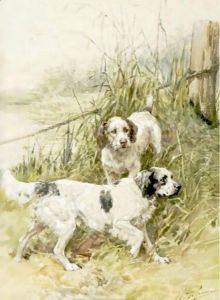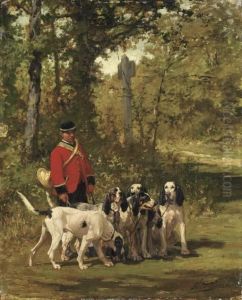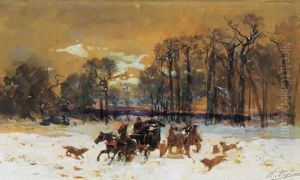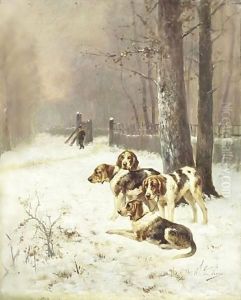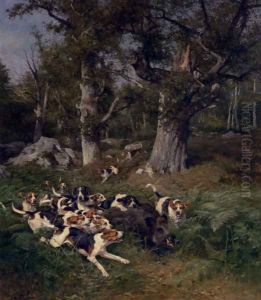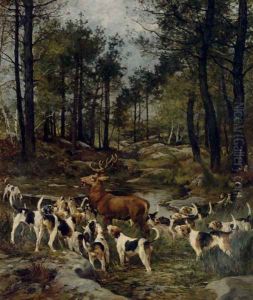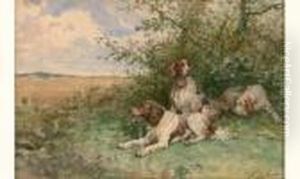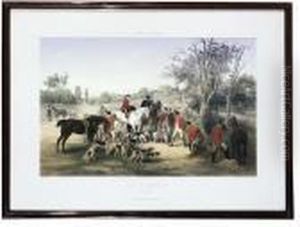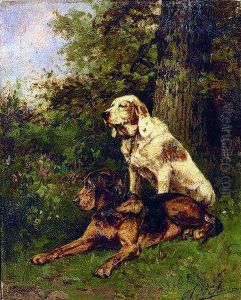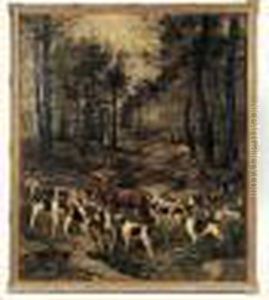Charles Olivier De Penne Paintings
Charles Olivier de Penne was a French painter known primarily for his depictions of animals, especially hunting scenes with dogs and game. Born on November 18, 1831, in Paris, de Penne was deeply influenced by the Barbizon School, a group of artists known for their realistic and naturalistic representations of rural France.
During his career, de Penne received training from renowned artists such as Léon Cogniet and Charles-Émile Jacque. Jacque, in particular, was known for his sheep paintings, and his influence on de Penne is evident in the latter's sensitive portrayal of animals. De Penne exhibited his works at the Paris Salon, an official art exhibition of the Académie des Beaux-Arts, from 1857 to 1889. His talent was recognized with various awards, including a third-class medal in 1875 and a second-class medal in 1880.
De Penne's paintings often featured the French countryside and were characterized by a meticulous attention to detail, particularly in the rendering of animals' fur and feathers. He was also adept at capturing the nuances of natural light and shadow, lending a sense of immediacy and realism to his works.
Beyond his animal subjects, de Penne also painted a number of landscapes and some historical scenes. However, it was his ability to depict the rapport between humans and animals that garnered him the most acclaim. His works resonate with the passion of a huntsman and the skill of an artist deeply attuned to the subtleties of rural life.
Throughout his life, de Penne remained active in artistic circles and contributed to the promotion of the arts. He was a member of the Société des Artistes Français and the Société de la Peinture de Genre. He passed away on January 27, 1897, leaving behind a body of work that continues to be appreciated by art lovers and collectors. Today, his paintings can be found in museums and private collections around the world, celebrated for their contribution to the genre of animal painting in the 19th century.



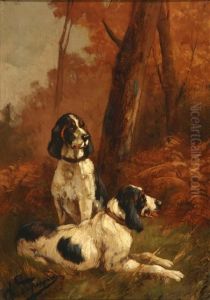
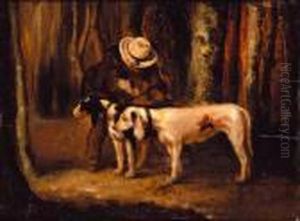

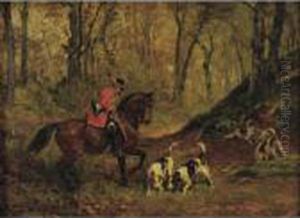



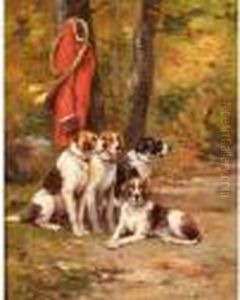
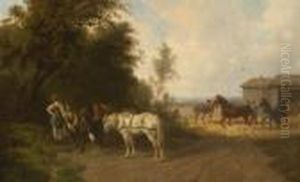










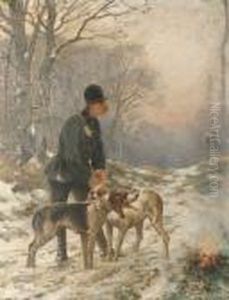


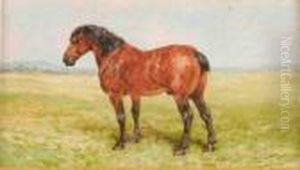










![Chiens Dans Une Cour De Ferme [; Dogs In The Courtyard Of A Farm, Oil On Panel, Signed.]](https://www.niceartgallery.com/imgs/2093347/s/charles-olivier-de-penne-chiens-dans-une-cour-de-ferme-dogs-in-the-courtyard-of-a-farm-oil-on-panel-signed-57ab8244.jpg)
